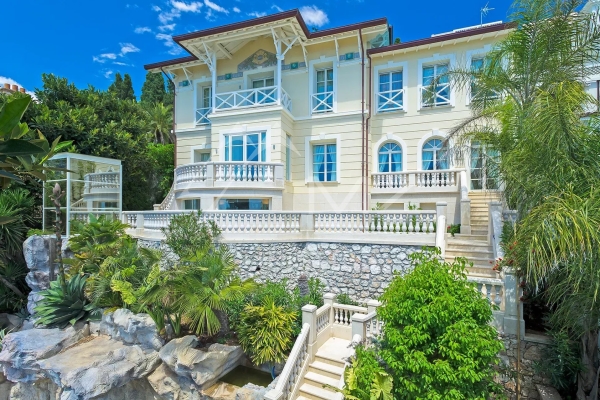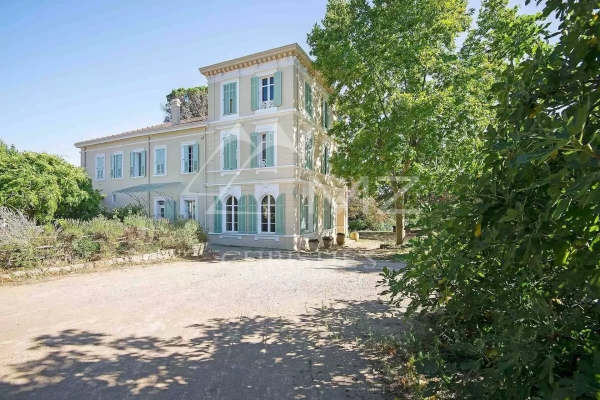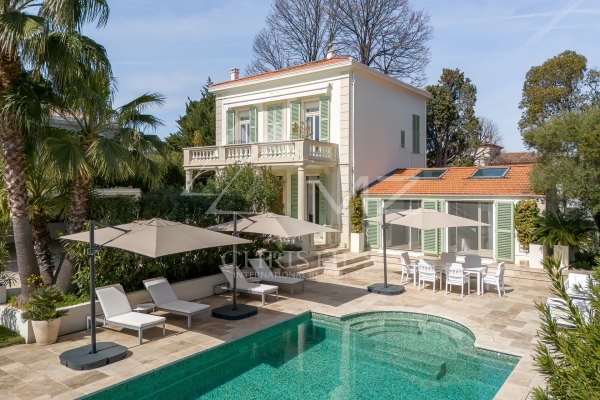Cap d’Antibes, a sound long-term investment
Lying south of the second largest town in the Alpes-Maritimes, the cape stretches into the sea to the east of the seaside resort of Juan-les-Pins. It began its development in the second half of the 19th century when the English and Russians had luxurious properties built on this rocky promontory. By Laetitia Rossi
At the end of the 19th century, James Wyllie had earth brought onto the cape, thus paving the way for the cultivation of Meilland, Loenetti, Astoux and Richardier roses. At the same time, the botanist Thuret introduced rare species into the site, including palm and eucalyptus trees. Today, Cap d’Antibes, a peninsula of 3.7 km2 with almost 1,500 year-round residents, can lay claim to one of the lowest population densities on the Riviera’s shores. With its shops and primary school, its village atmosphere reigns supreme.
“The clientele is cosmopolitan,” explain Martine Lemoine and Daniel Levant of the Michaël Zingraf - Christie’s group. “In 2012, buyers were of French, Russian, Swiss, American and Dutch nationality.” Transactions orchestrated by the agency over the past tax year ranged from 2 million euros - for a renovated villa of 150 m2 with contemporary appointments in quiet grounds of 1,000 m2 - to 6 million euros - bringing a property of 300 m2 in Provençal style and in perfect condition, in grounds of 2,000 m2. Currently, budgets cover a wide range, from 2 to 20 million euros. Under 2 million euros, there is very little available. In today’s economic climate, people are hoping for bargains. But home-owners on Cap d’Antibes, rarely in any need or hurry to sell, see no point in slashing their prices. Especially as their assets have long proven to be sound investments generating capital gains over the mid- and long-term. The estate-agent’s task is to find a middle-ground between buyers’ expectations and sellers’ financial aims. Much more than an address, Cap d’Antibes symbolizes an art of living : the ambiance here is serene and congenial, with everyone’s privacy very carefully preserved.
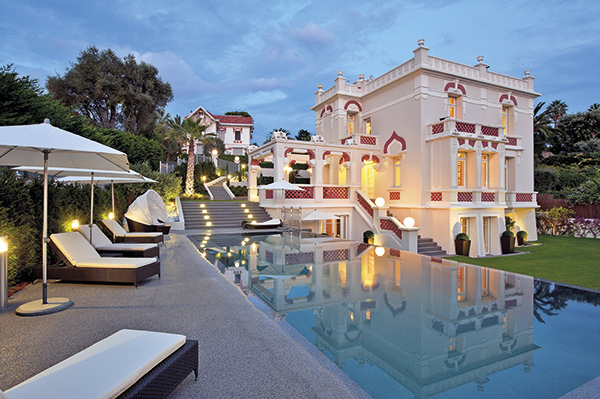
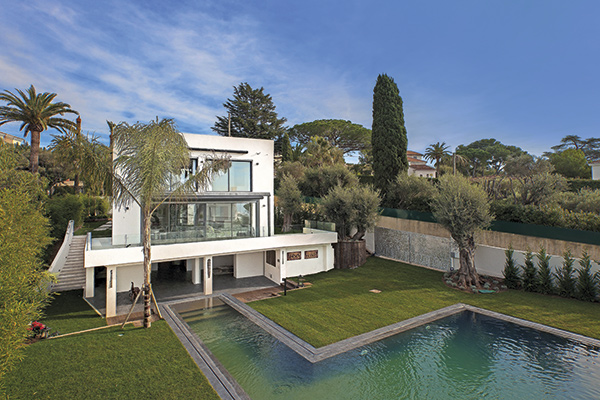
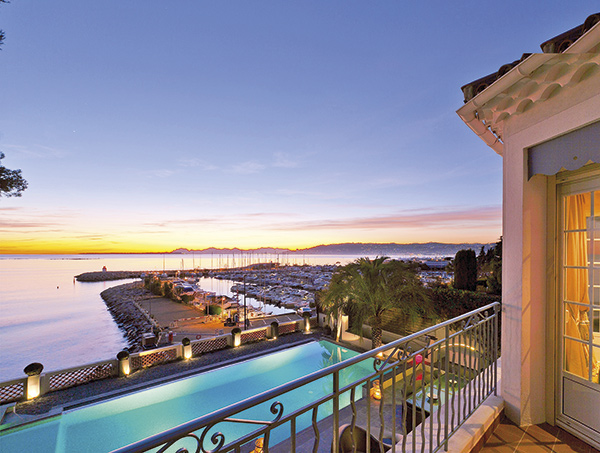
“The Magrey & Sons agency recently handled the sale of a villa of 280 m2 in excellent condition, benefiting from a garden of 2,000 m2 and a view of the sea, priced at 6.9 million euros, and another of 250 m2 in grounds of 1,000 m2 on the seafront, at 6.5 million euros,” says Jacques Piat. In both cases, the buyers were Russian. East Europeans have historic ties with this peninsula blessed by the gods. Clients can be split into two categories : those set on houses with high security, facing the Mediterranean and in turnkey condition, and those ready to take on extensive renovation work as long as the value-for-money ratio makes sense. The notion of a sound asset and long-term investment guides their choice. Clients dead set on Cap d’Antibes prefer to wait for the ideal property rather than consider other locations on the coast, fully aware of its worldwide renown. The Hôtel du Cap has long been a prestigious symbol of the cape, though extension of the yacht harbour, resurrection of Le Provençal and inauguration of the new Congress Centre also contribute to its reputation.
“The market is tight due to the lack of real sellers, currently fighting shy because of tax considerations” comments Aurélien Monnier of L’Agence du Cap d’Antibes. “Especially since, once the sale has gone through, they then have to invest the proceeds. And unfortunately, prospects offered by banks are not particularly enticing.” This hesitancy is typical of so-called periods of crisis. As for buyers, they are well-informed and determined to stick to realistic market prices. Scandinavians are showing interest in the 1.5 to 3 million euro bracket. Above that level, East European and Middle Eastern clients take over. With this demanding clientele, always in a hurry, a property in mint condition has more of a chance to find a taker. Sales of properties at around 10 million euros have recently been completed. But here again, at this price level, discretion and confidentiality are a N°1 priority.
